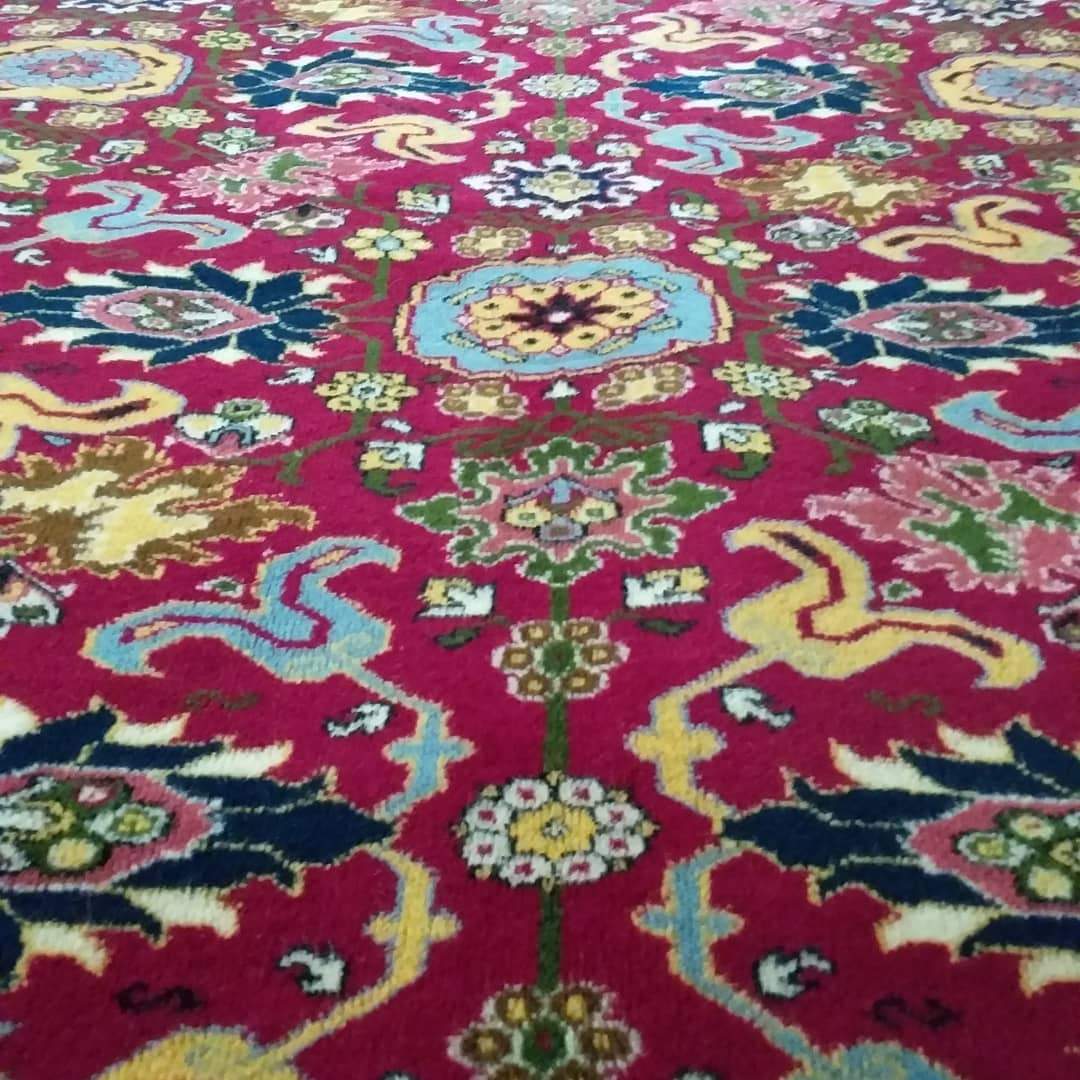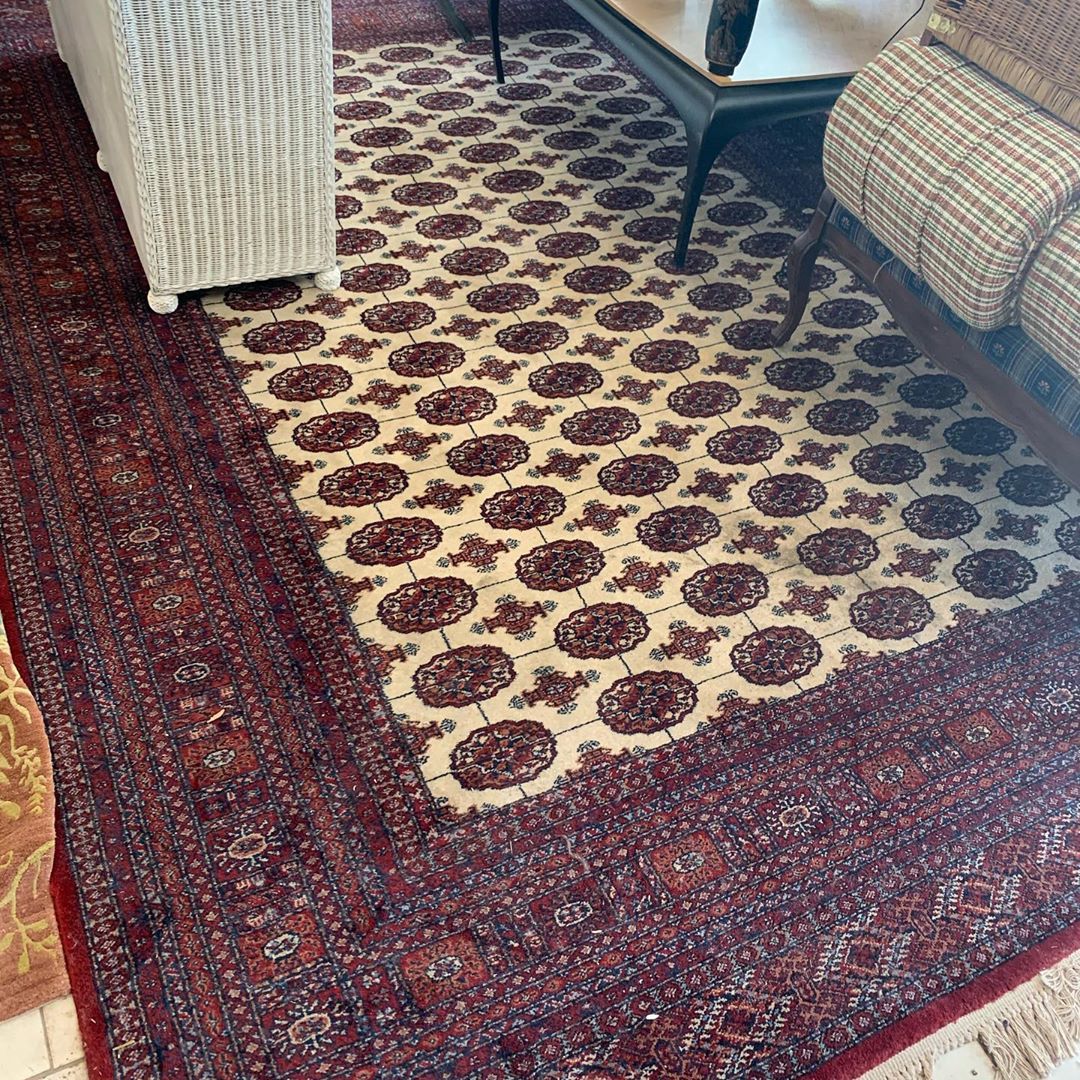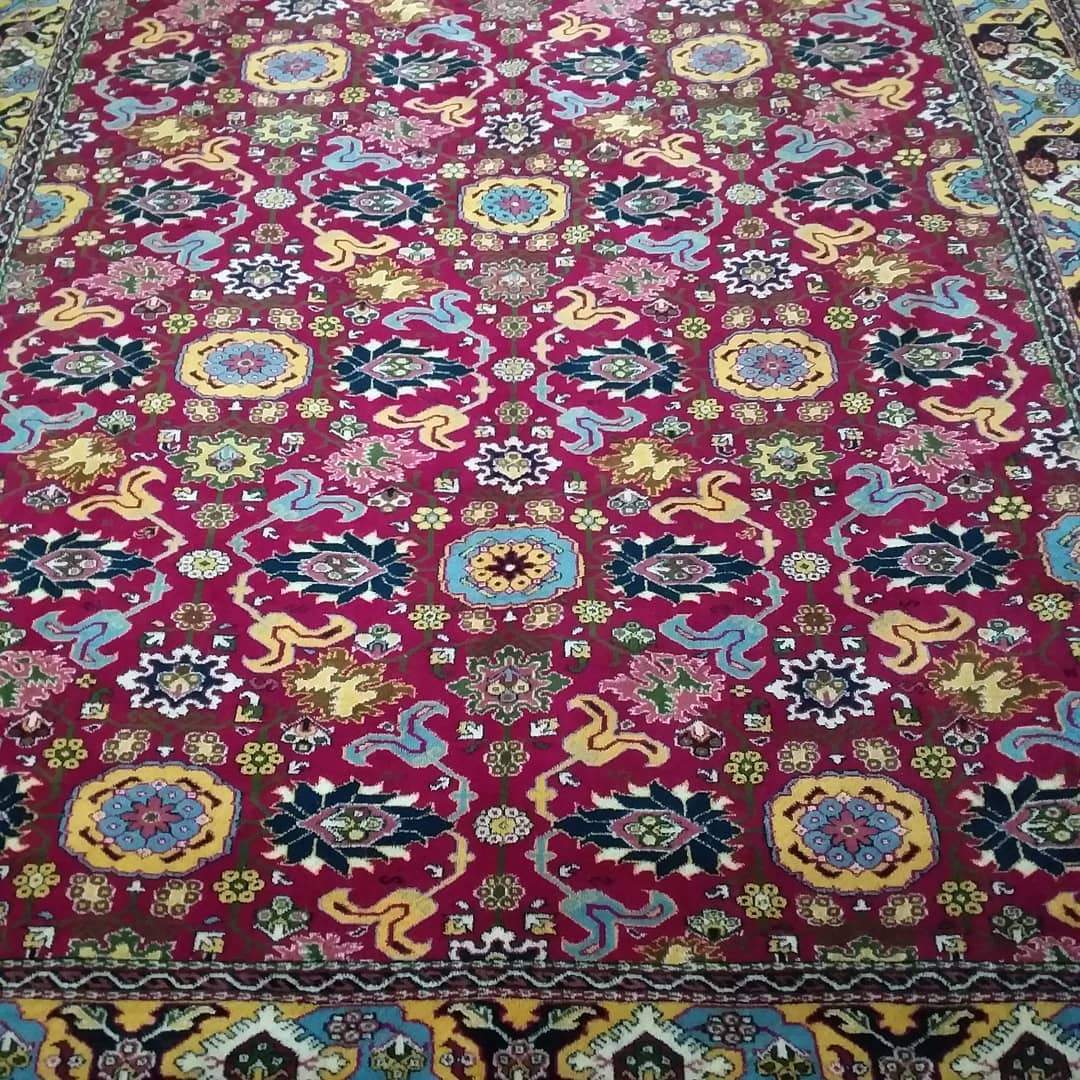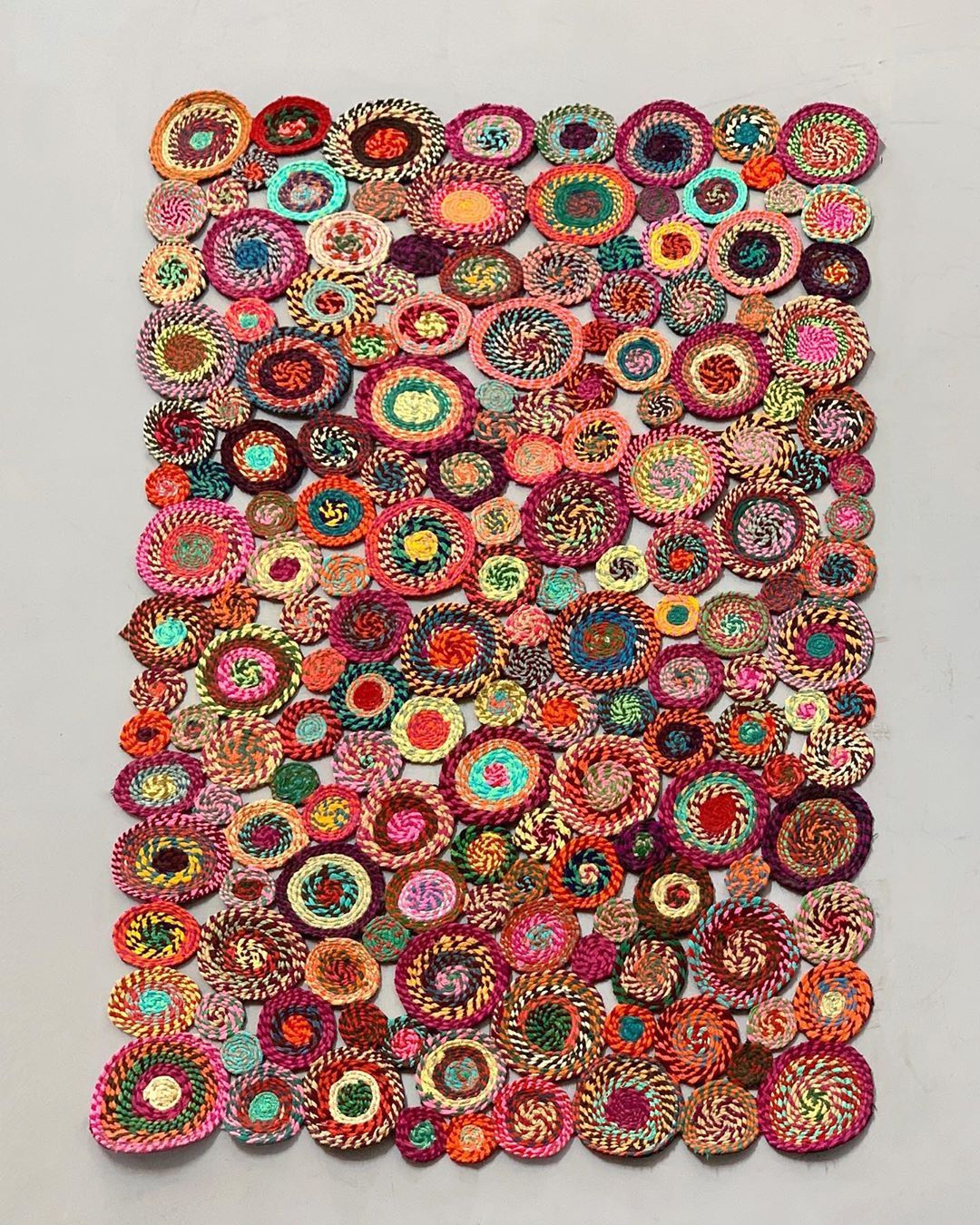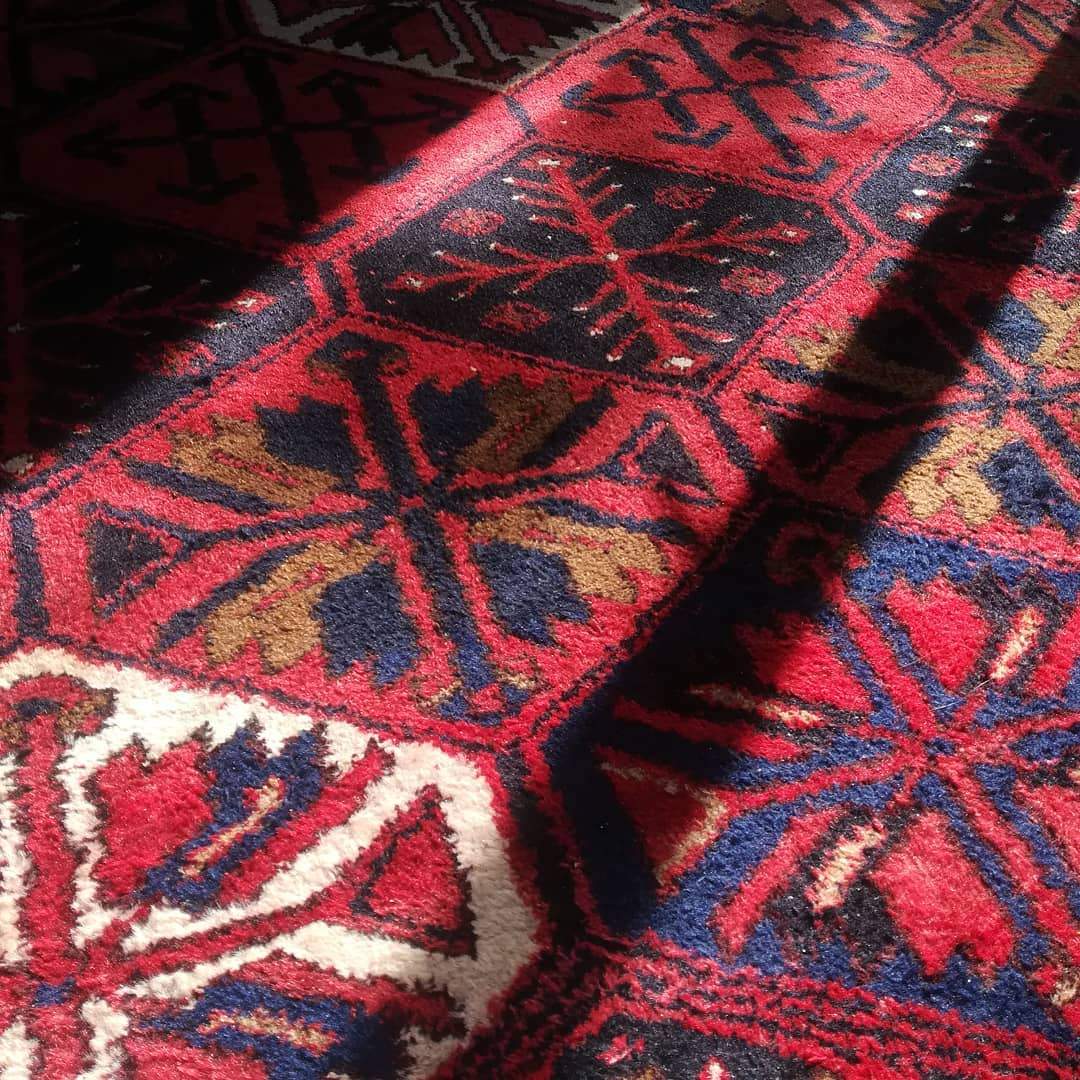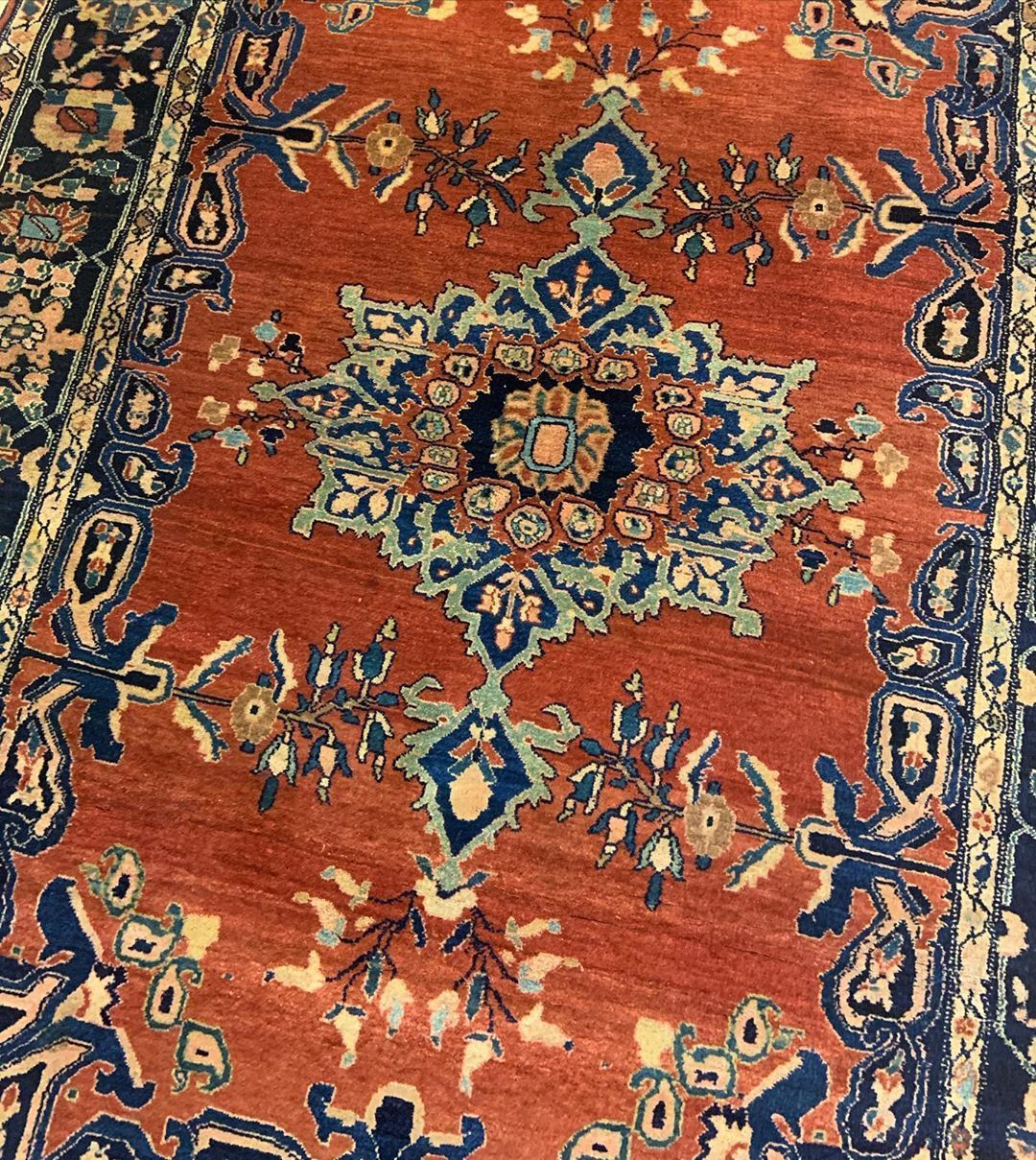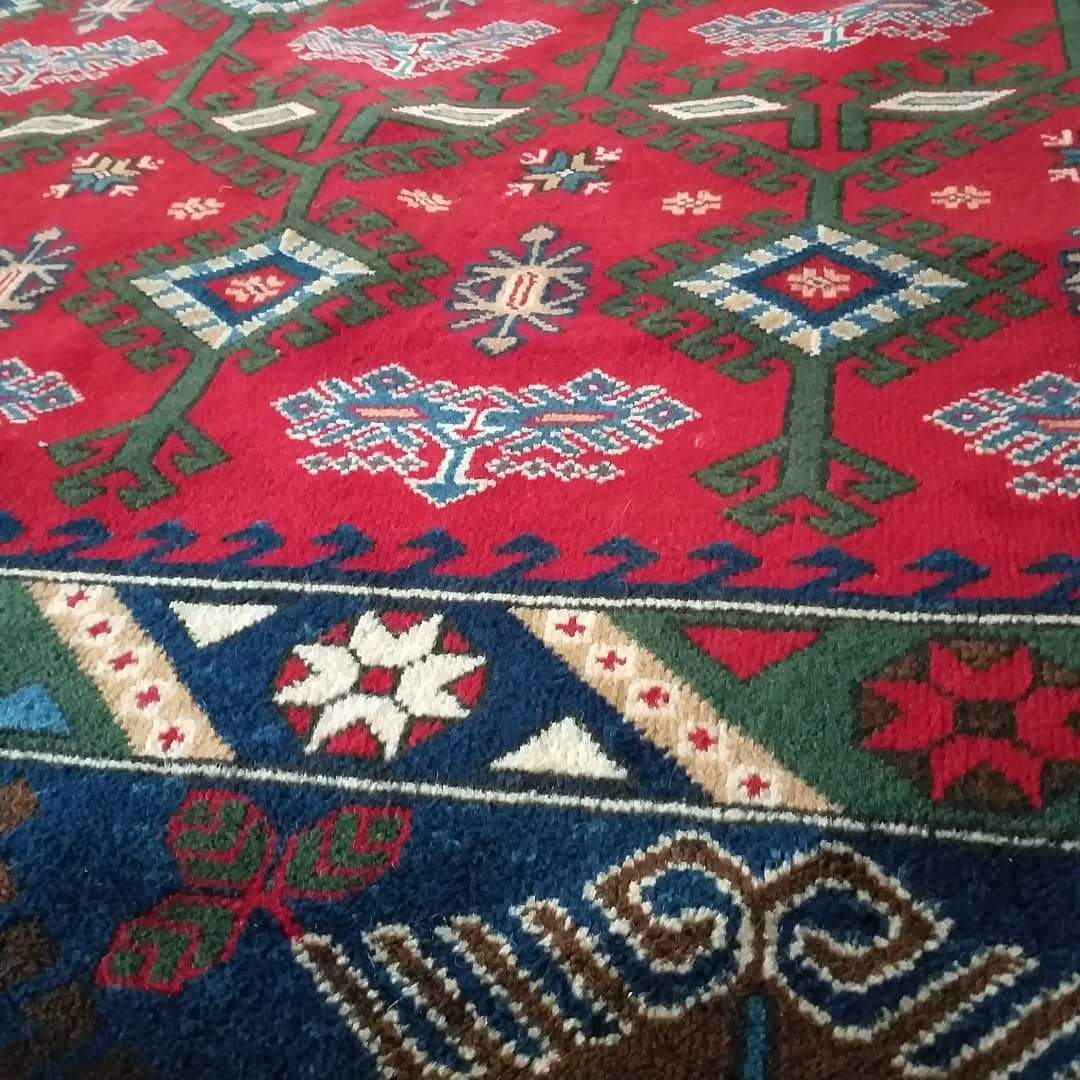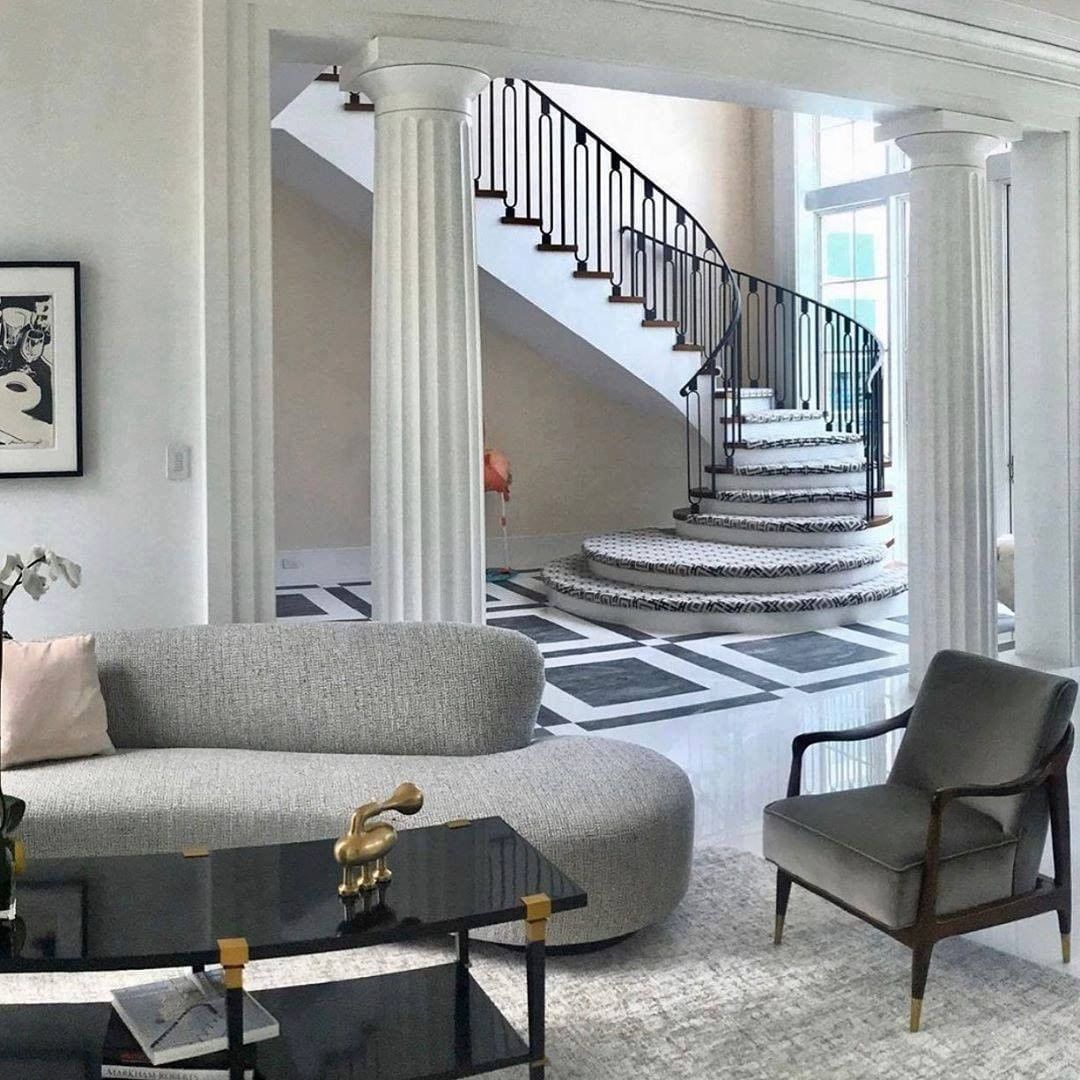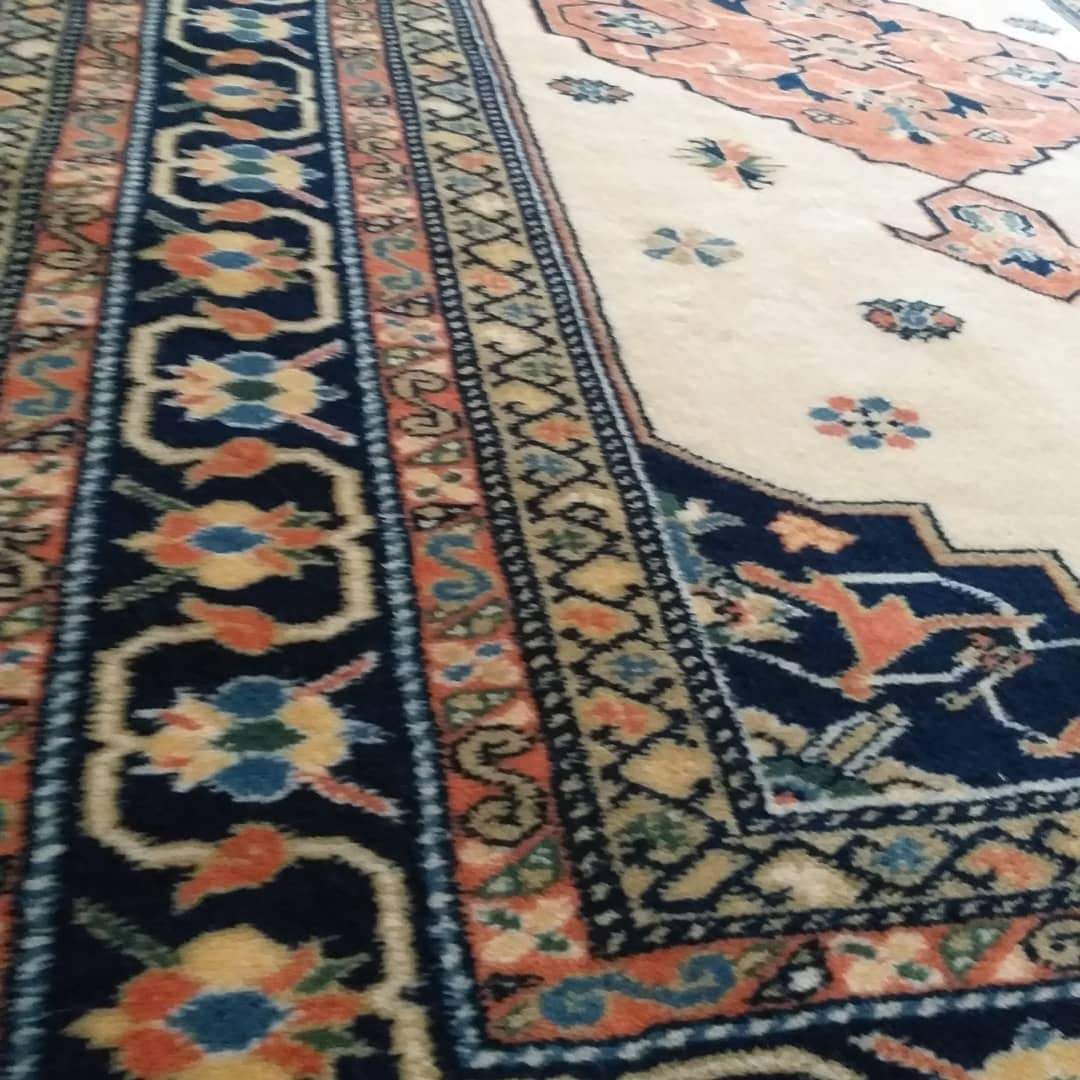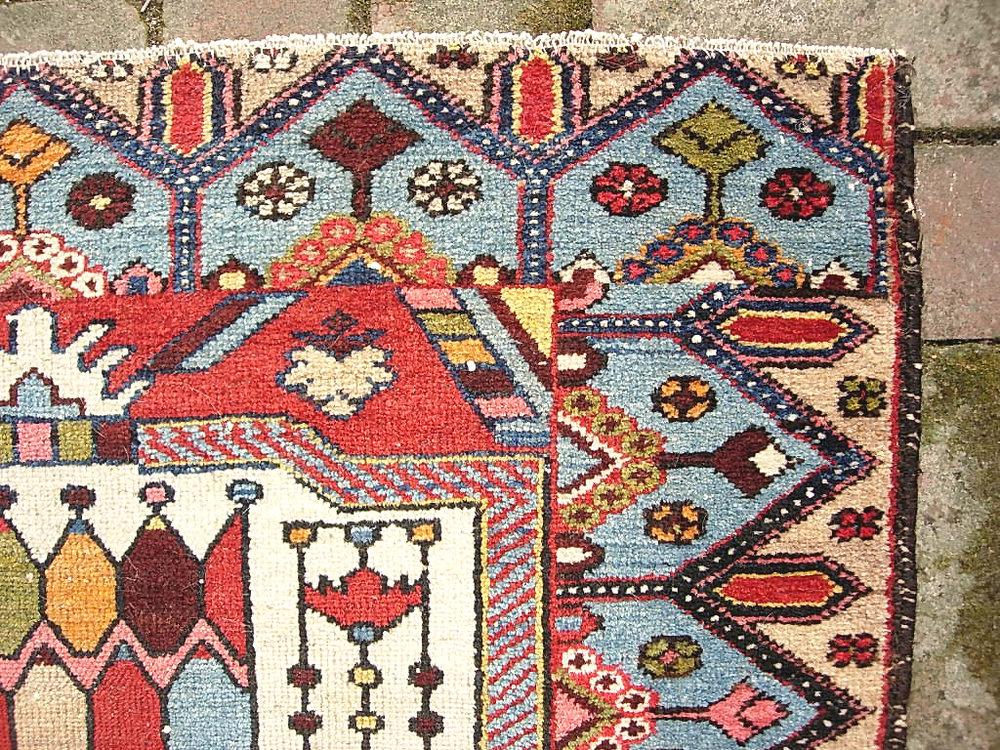What are Khotan Rugs?
Khotan carpets were a type of carpet produced in the Khotan region of the Southern Uyghur state.
It has also been produced by the environmental communities of this region for years.
Khotan carpets became famous as Semerkand carpets after the silk road was established. It was called worldwide by this name.
Khotan carpets contain motifs of Chinese culture and the art of Central Asian Turkish communities. Khotan carpets have a successful weaving system, each section of which is made of silk.
When it first came out, it benefited a little from Persian culture, but it managed to preserve the Central Asian motifs in general. Finally, it is worth noting that Samarkand carpets are still popular around the world today and bought by people to use them at home.
History of Khotan Rugs
The city of Khotan, where the first samples of Khotan carpets were found, was seen as an important commercial center during the years when the silk road was used. Therefore, the people of this place were producing and selling many products.
Khotan rugs were made for trade people who use the silk road. The carpets bought from the Khotan region by traders were carried to Europe by trade. Thanks to this, the reputation of Khotan carpets has spread all over the World. Khotan carpets, which were preferred by rich people in European countries, have become Semerkand carpets over time.
Also, they are still being sold today and he is considered one of the most important representatives of prestige.

